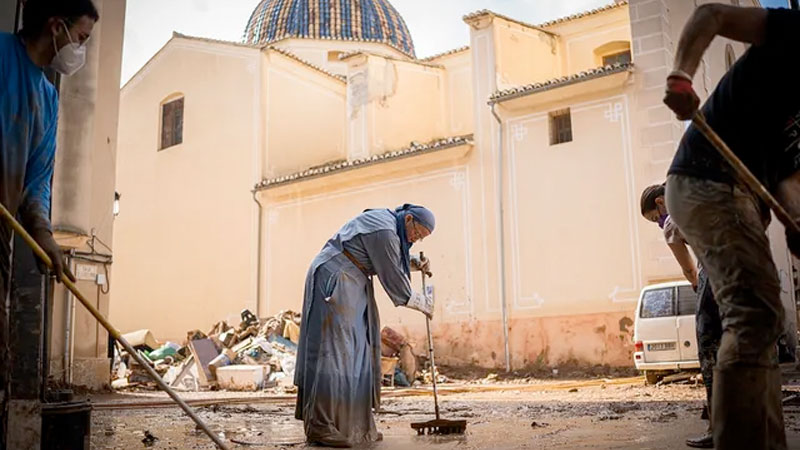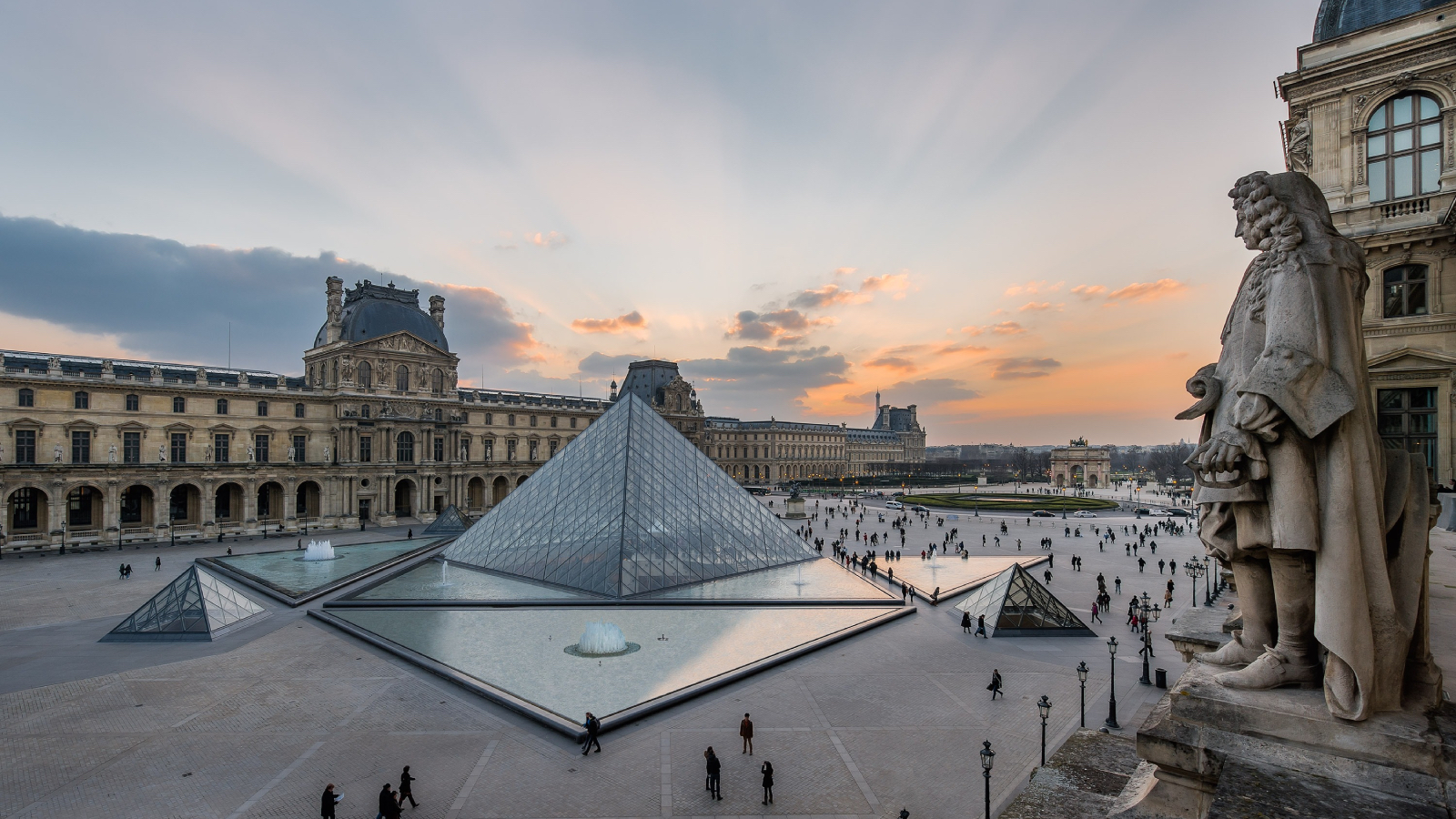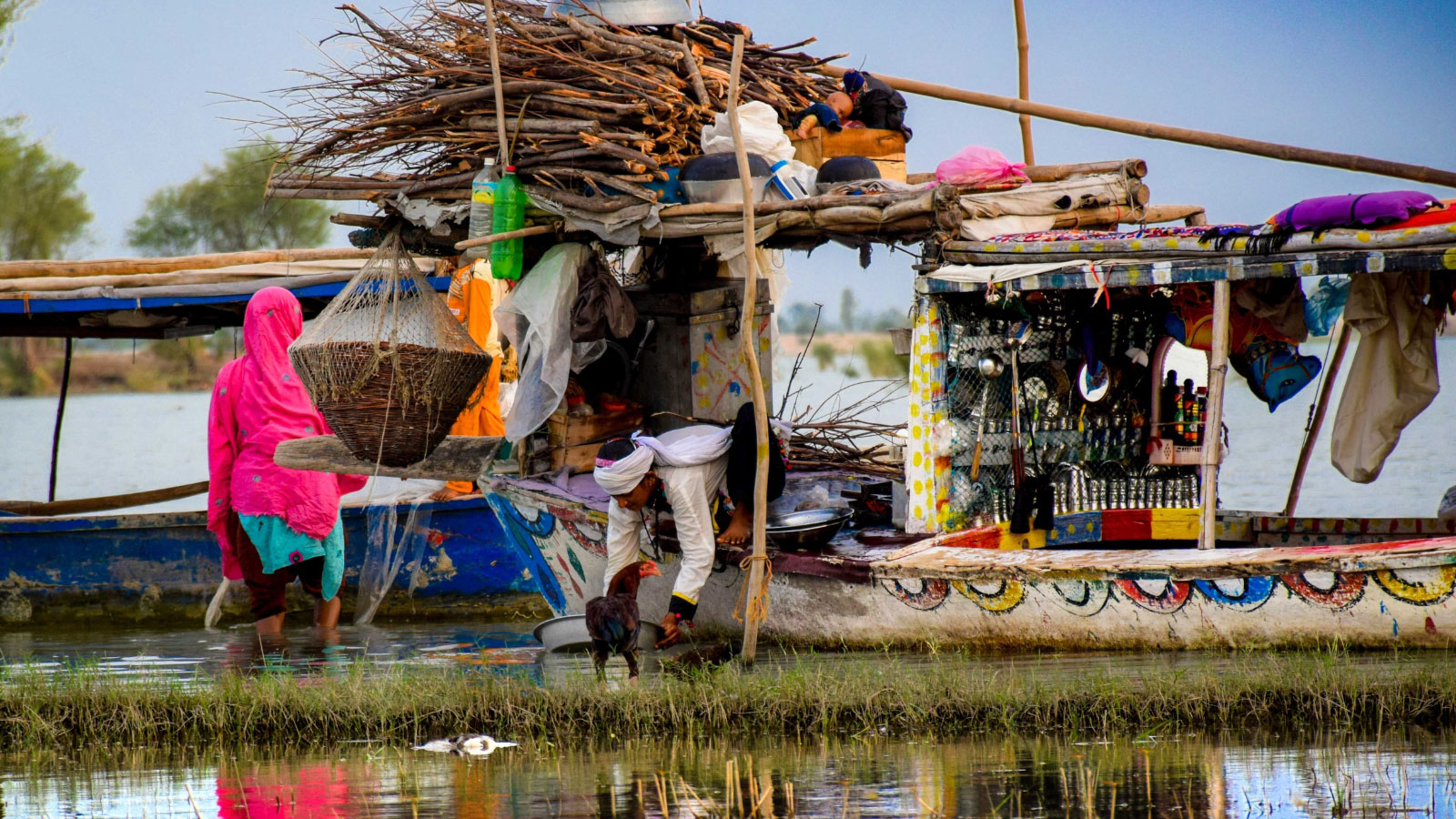|
Artists, museums and churches in Valencia, on the central eastern coast of Spain, face devastation following the deadly flash floods on 29 October that killed more than 200 people and caused widespread damage. Although the city of Valencia itself was largely spared, towns immediately to its south—in an area known as La Huerta or “the garden”—were inundated. Heritage sites were badly affected, some irreparably. The area is popular with Valencian artists, many of whom have lost their life’s work along with their workshops.

Tom Anstey | Planet Attractions | 26 Nov 2024


Artists, museums and churches in Valencia, on the central eastern coast of Spain, face devastation following the deadly flash floods on 29 October that killed more than 200 people and caused widespread damage. Although the city of Valencia itself was largely spared, towns immediately to its south—in an area known as La Huerta or “the garden”—were inundated. Heritage sites were badly affected, some irreparably. The area is popular with Valencian artists, many of whom have lost their life’s work along with their workshops.
The artist Juan Olivares’s studio was already under a foot of water when he was alerted that the nearby ravine had overflowed. Twenty-five years of his work was stored on the ground floor of his home in Catarroja, one of the towns hardest hit by the floods. “I tried to save as many paintings as possible by moving them upstairs until the water reached my chest,” he tells The Art Newspaper. Olivares, who is internationally exhibited, returned to his studio the next day to find destroyed works, ruined tools and 20cm of mud. The basement stored a collection of his own pieces, two for every series he has produced throughout his career. “I haven’t checked yet, but I don’t think anything else can be saved,” he says.
More from The Art Newspaper
Live
|
|






Supplier Showcase 2025: The biggest attractions projects landing worldwide this year
|